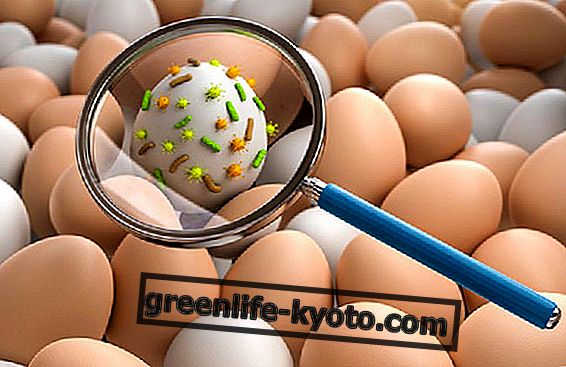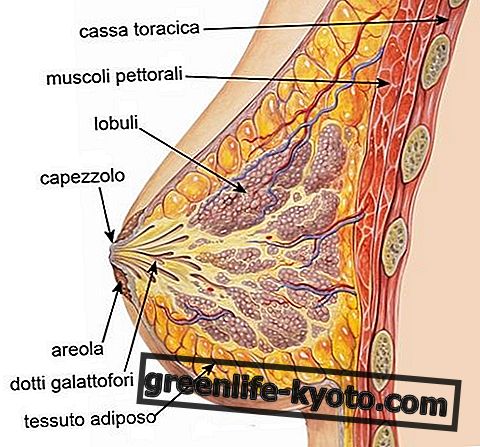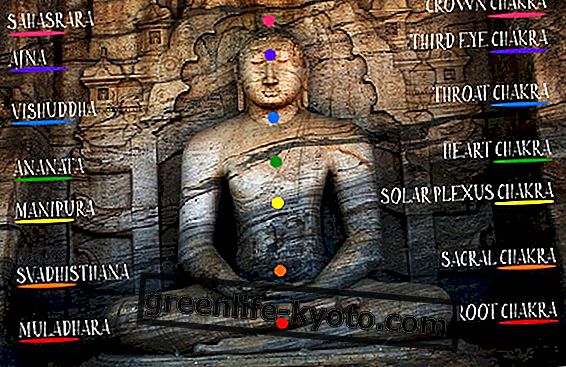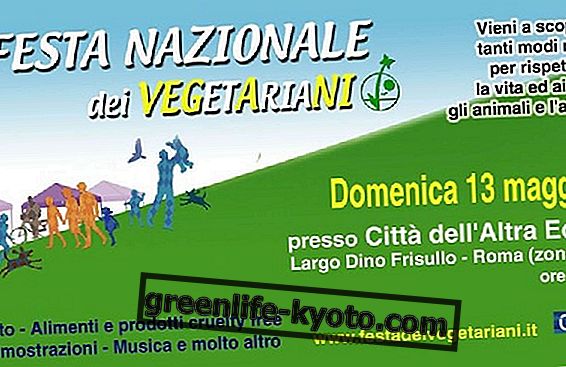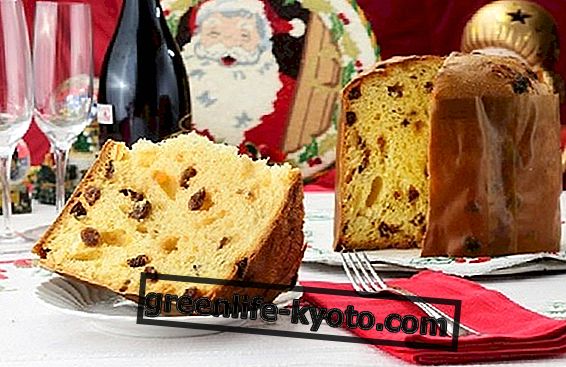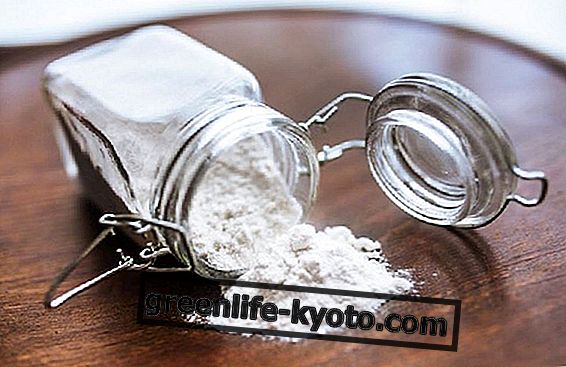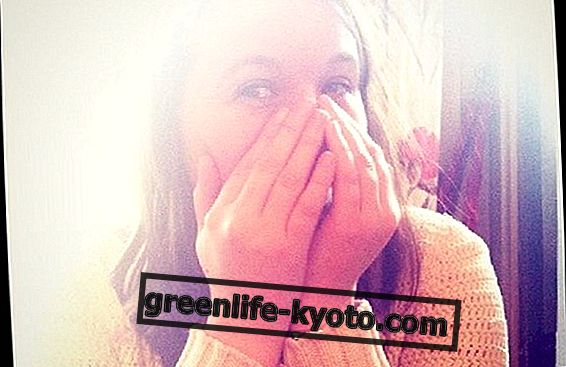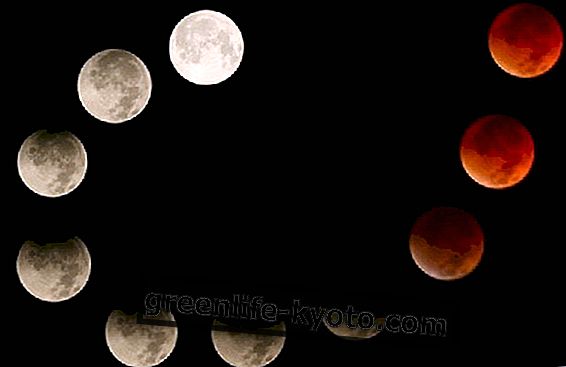
Obesity and sugar within the reach of children
When you go shopping with a child around the age of 3, you begin to understand how the food and non- food marketing industry works for these little creatures that travel below one meter.
At their height here comes a whole series of delicacies and captivating stimuli : pacifiers full of strange colored liquids, rainbow balls, eggs with all sorts of surprises, multi-shaped chocolates, various sweetened drinks: in a nutshell, junk food ... or, when it's okay, bottles of natural water with the image of the last cartoon superhero.
And there is no hope, not even in the fridge or in the personal hygiene department: here are the gnocchetti with the mice faces or foam bath in the shape of warriors and known princesses, and still toothpaste of the favorite cartoon.
It seems that we should surrender, but be careful: something, and not here, is changing . In fact, parents, nutritionists and health professionals are not always happy.
Uk: no snacks at hand
Fresh news from Ansa in June: English children will no longer find sweets and snacks at supermarket coffers, the government health agency decided to put a stop to the phenomenon of overweight in children and childhood obesity .
What is happening in the United Kingdom is the implementation of a ban by the British government, which has decided to prohibit shops and supermarkets from putting in sight, in front of or beside the boxes, foods that contain high doses of sugar , such as sweets, snacks, candies, various pacifiers and colorful chocolates .
This is to follow up on the important "Change4life" campaign that began a year ago, whose slogan reads "Eat well, move more, live longer", a firm stance against the spread of childhood and youth obesity in the country .
At the same time, a system of discounts designed for all snacks and snacks below 100 calories, considered more healthy, comes forward among the English shelves. According to The Guardian, the government agency of the health and social care department Public Health England is dialoguing profitably with companies and the goal is to reduce sugar by 20% in over-the-counter food products that are consumed in bars or restaurants by 2020.
Do you know how much sugar you consume?
Some time ago we talked about the French project Dealerdesucre; last year the Spanish campaign that rode the wave of the World Health Organization and the recommendations to limit sugar consumption to less than 10% of the total daily calories ; now the turn of the English. And what is Italy doing to limit and discourage sugar consumption, especially among the youngest?
In the face of a drastic drop in the production of Italian sugar, and the invitation of the World Health Organization to apply a 20% tax on soft drinks and some sugary foods, Italy has turned up its nose and, unlike other countries Europeans, said no to taxation policy.
And on the web, unlike Spain, England and France, there are no incisive campaigns against the consumption of white powder. And even in Italian public schools the old figure of the doctor who weighed and measured children has now disappeared, vaccinated and controlled hair and teeth. All that remains is to await the new Guidelines of the Ministry.


